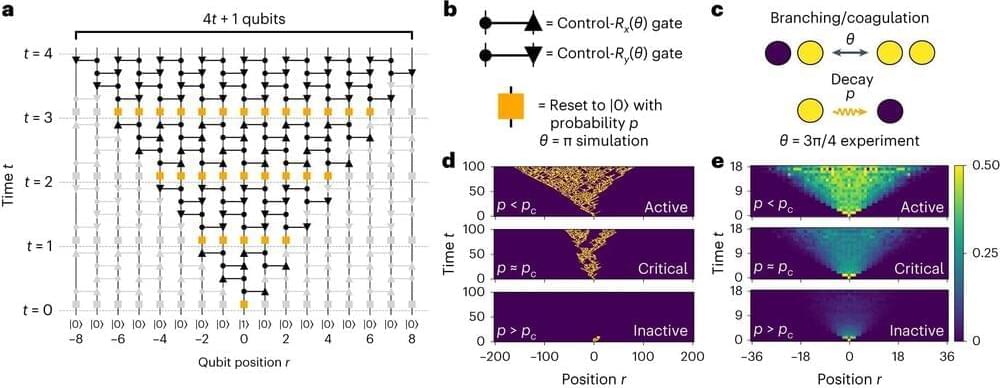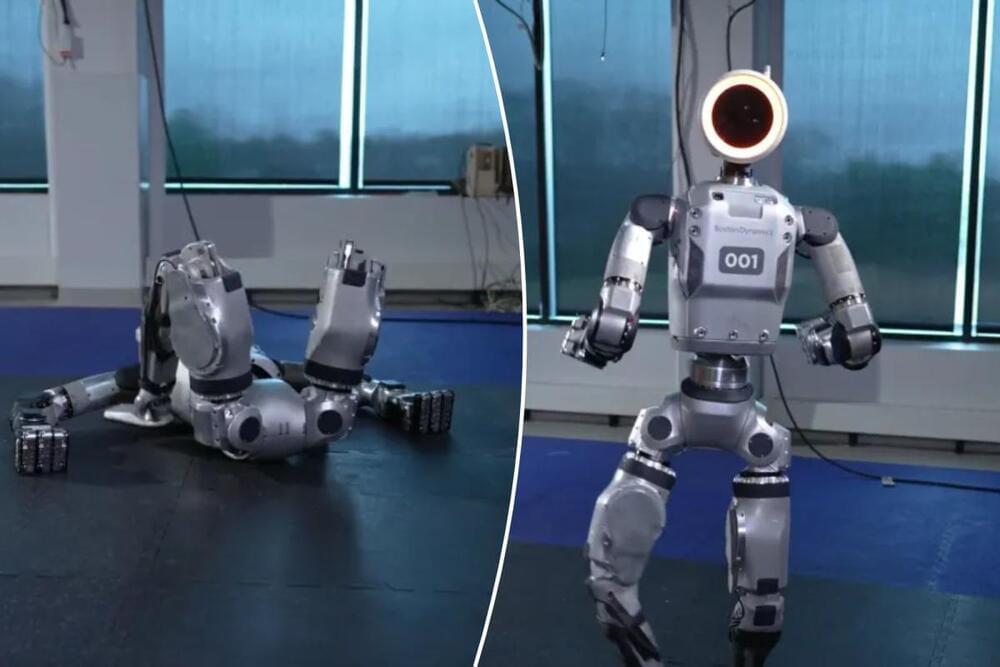The misunderstood mineral pyrite is hiding a big secret.










We know little about how embryonic development in animals evolved from single-celled ancestors, but simple organisms with a multicellular life stage offer intriguing clues.

“This is the first look at a real product,” the company said. “But it certainly isn’t the last.”
“In the months and years ahead, we’re excited to show what the world’s most dynamic humanoid robot can really do – in the lab, in the factory, and in our lives,” the company also said.
Boston Dynamics partnered with the NYPD last year to roll out several crime-fighting robots to patrol Times Square and subway stations.